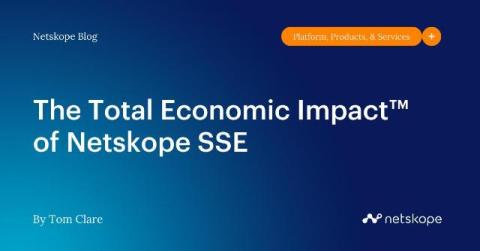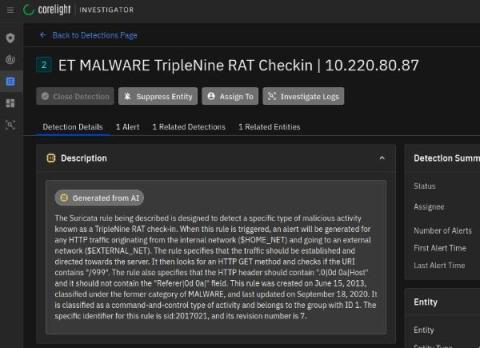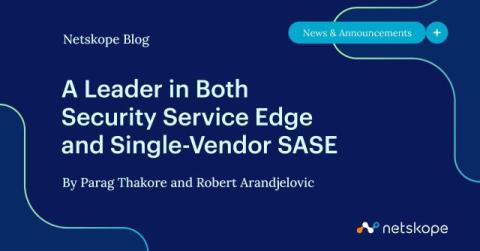How to Use SSE to Achieve Compliance With Data Security Regulations
By 2028, more than 70% of workloads will be running in the cloud. Being in an always-online, ever-connected environment has a myriad of benefits, but it also brings its own risks. IT leaders and compliance experts must constantly question and re-evaluate their security postures, particularly when it comes to compliance. Violating regulations like HIPAA, GDPR, and PCI-DSS can have serious financial and legal implications, not to mention the damage to your reputation.










